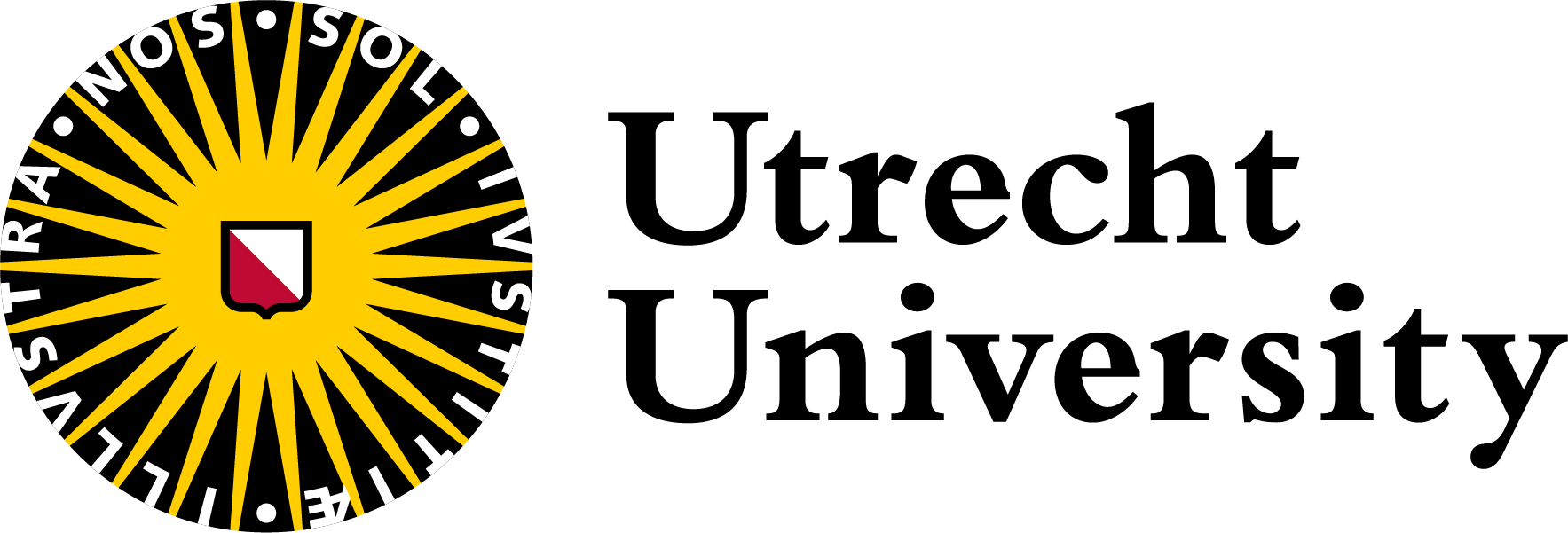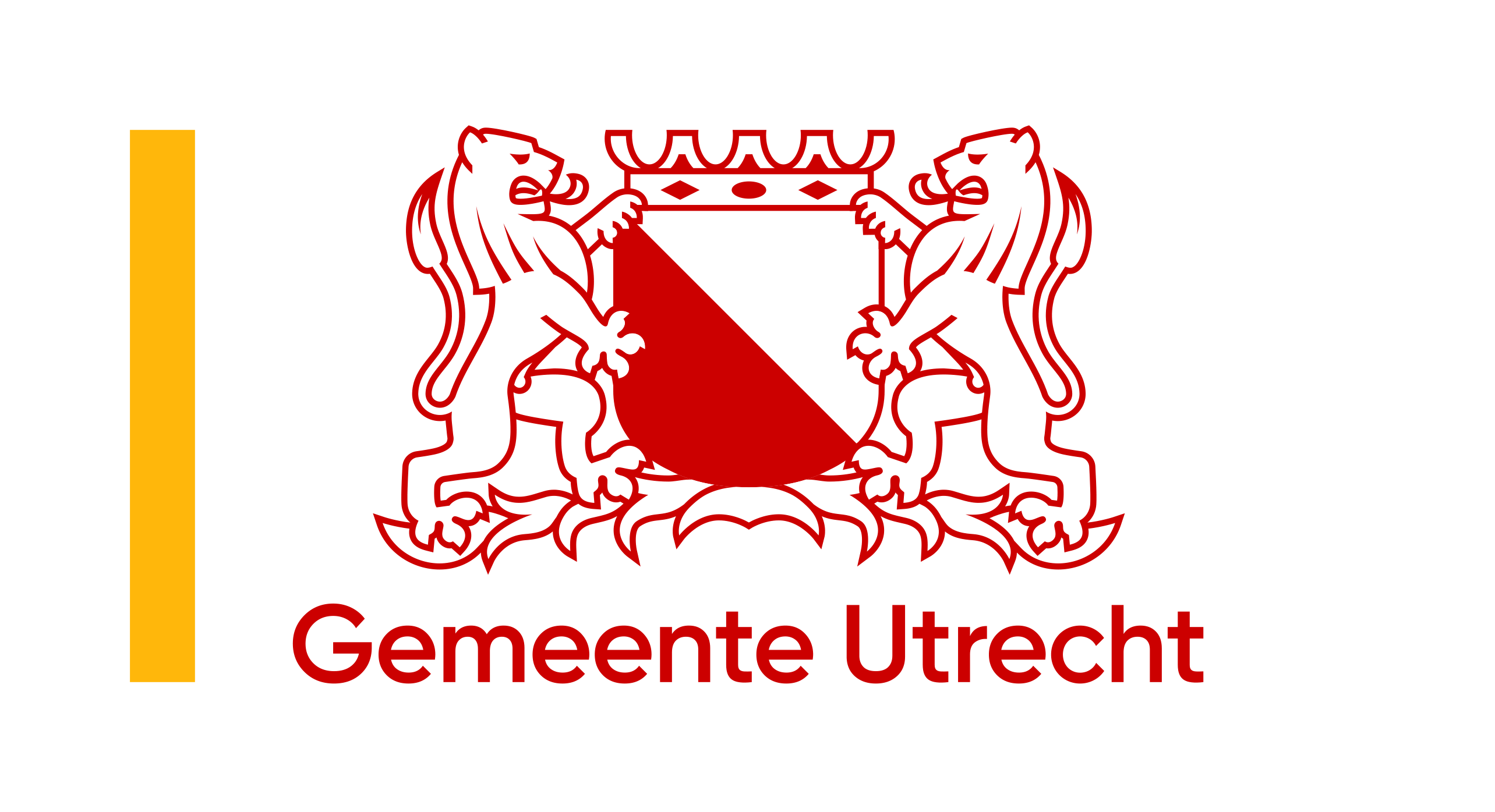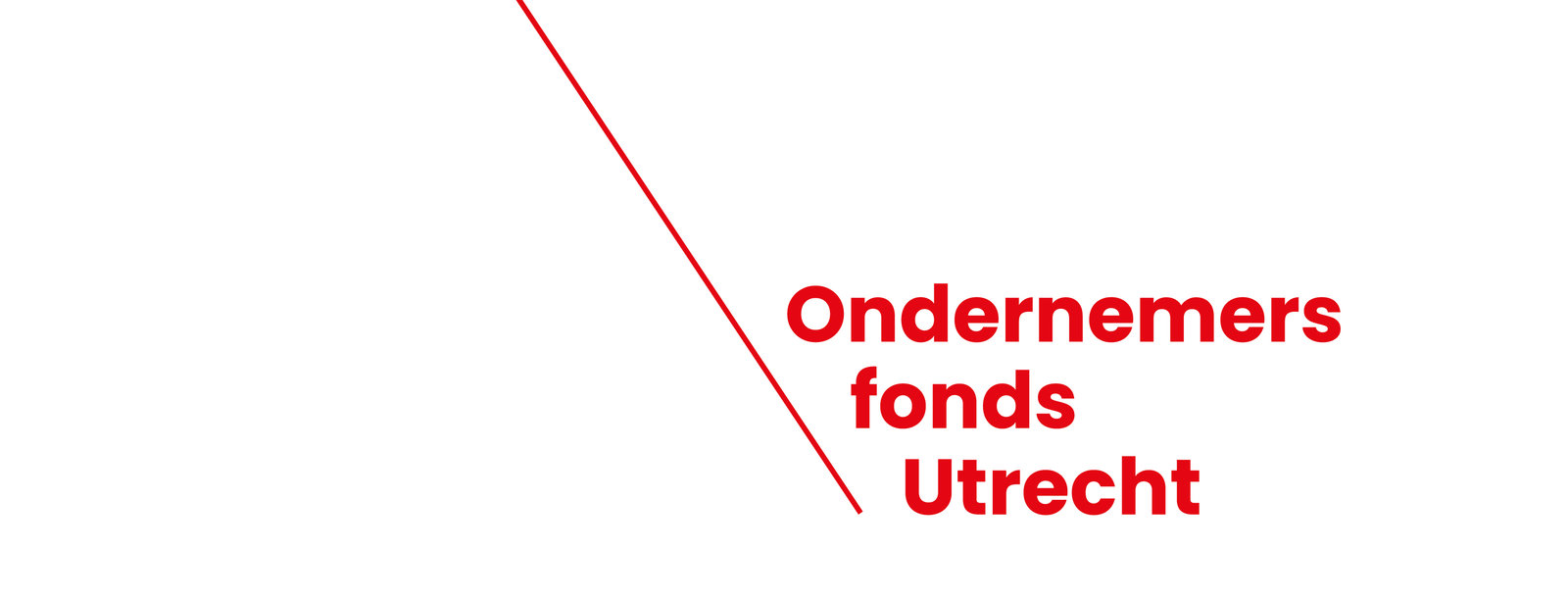Unique collaboration on cancer research in Utrecht empowered
Official kick-off ‘Utrecht Cancer’ by partners at the Utrecht Science Park.
The Utrecht Science Park houses a unique combination of knowledge institutes, (academic) hospitals and companies within one square kilometre. For quite some time, these partners have been working intensively together on pioneering research and developments in the treatment of cancer among children, adults and animals. On Monday 30 September, his unique cooperation on cancer research was confirmed by the official kick-off of the ‘Utrecht Cancer’ cooperation platform.
Major societal challenge
Since 2008, cancer has been the number one cause of death in the Netherlands. In 2024, nearly 130,000 people in the Netherlands will be diagnosed with cancer. And that number continues to rise. The consequences are wide-ranging. First of all, for the patients and their loved ones, of course, but also for the healthcare sector, among others, such as the deployment of (increasingly scarce) staff and rising healthcare costs.
Unique ecosystem at Utrecht Science Park
Only through innovations in diagnostics and treatment we can improve the prospects of patients with cancer. Innovations resulting from groundbreaking research. Groundbreaking research requires deployment of many different areas of expertise. The Utrecht Science Park, with 30,000 employees and 55,000 students the biggest science park in the Netherlands, has a unique ecosystem of knowledge institutions, research institutes and companies within walking distance of each other, working intensively together and making use of each other's expertise and facilities.
Utrecht Cancer
In order to carry out research and innovation in the field of cancer treatments even more efficiently, a cooperation platform, ‘Utrecht Cancer’, has been established by Utrecht University, the UMC Utrecht, the Prinses Máxima Centre and the Hubrecht Institute. This also involves intensive cooperation with research & development companies at the Utrecht Science Park, such as Genmab, Merus and Danone.
Importance of physical proximity
Monday evening 30 September saw the kick-off of this cooperation platform. In the presence of the mayor of Utrecht Sharon Dijksma and Commissioner of the King Hans Oosters. In his speech, the commissioner called the Utrecht Science Park the ‘proud sparkling crown jewel of our regional economy’. And he stressed the importance of physical proximity: ‘Because the stakeholders here are physically so close to each other, they easily find each other and connections and cross-overs arise. Cooperation successes. Physical proximity is a factor in itself. Even in our digital world, where distance seems to have become irrelevant,’ Hans Oosters said.
More accuracy, better prospects
Examples of pioneering innovations in cancer research can be seen throughout the Utrecht Science Park. For example, professionals within Utrecht Cancer frequently use so-called ‘organoids’, mini-organs grown from tumours of patients (human and animal). This allows them to better understand how cancer originates but also what the best medicine is for that specific tumour.
They also make clever use of harmless light, linking light-activated drugs to mini-antibodies that can very specifically recognise cancer cells. Image-guided treatment, such as MRI-guided radiotherapy developed in Utrecht, has clearly improved the treatment of men with prostate cancer and is now being evaluated in other cancers.
Another great example is a high-speed AI algorithm developed in Utrecht in combination with a new DNA analysis technique. In children with brain tumours, this allows the best operation to be determined for each individual patient during surgery on the basis of genetic characteristics of the tumour.
Combining different expertises
The above examples are an illustration of what can be achieved through cooperation and combining knowledge and expertise from different disciplines and organisations. The unique infrastructure at the Utrecht Science Park contributes to the innovations needed to improve the prospects for people and animals with cancer, for now and in 10 years' from now.

Note to editors
For more information and/or images, please contact Utrecht Science Park Foundation at: communicatie@utrechtsciencepark.nl. For more information visit www.utrechtsciencepark.nl.
About Utrecht Science Park
With 30,000 employees and 55,000 students, Utrecht Science Park is the biggest science park in the Netherlands. Together with the two satellite locations Utrecht Science Park Bilthoven and Utrecht Science Park Zeist, Utrecht Science Park forms the beating heart of Europe's most competitive region (RCI, 2022). At the Utrecht Science Park, knowledge institutions, research institutes and companies work intensively together towards a healthy, sustainable society. For more information visit www.utrechtsciencepark.nl.
About Utrecht Cancer
Utrecht Cancer is a collaborative platform at the Utrecht Science Park and initiated by Utrecht University, UMC Utrecht, Princess Máxima Center and Hubrecht Institute. Over 1,200 cancer researchers at the Utrecht Science Park work together, making an important contribution to a better understanding of the disease and improving the prospects for children, adults and (pet) animals with cancer. For more information visit https://www.uu.nl/en/research/life-sciences/societal-challenges/utrecht-cancer
Recent news
Recent news








